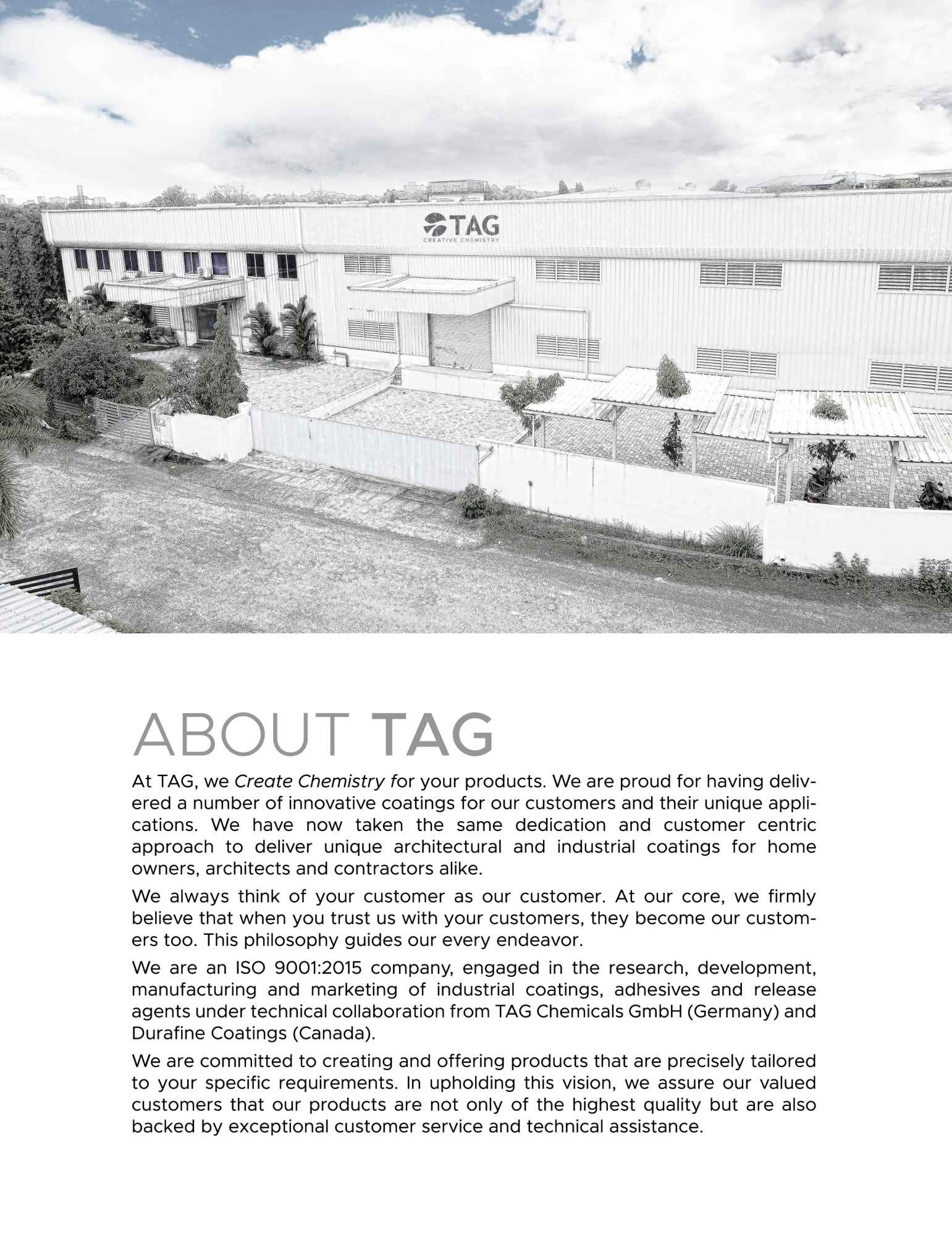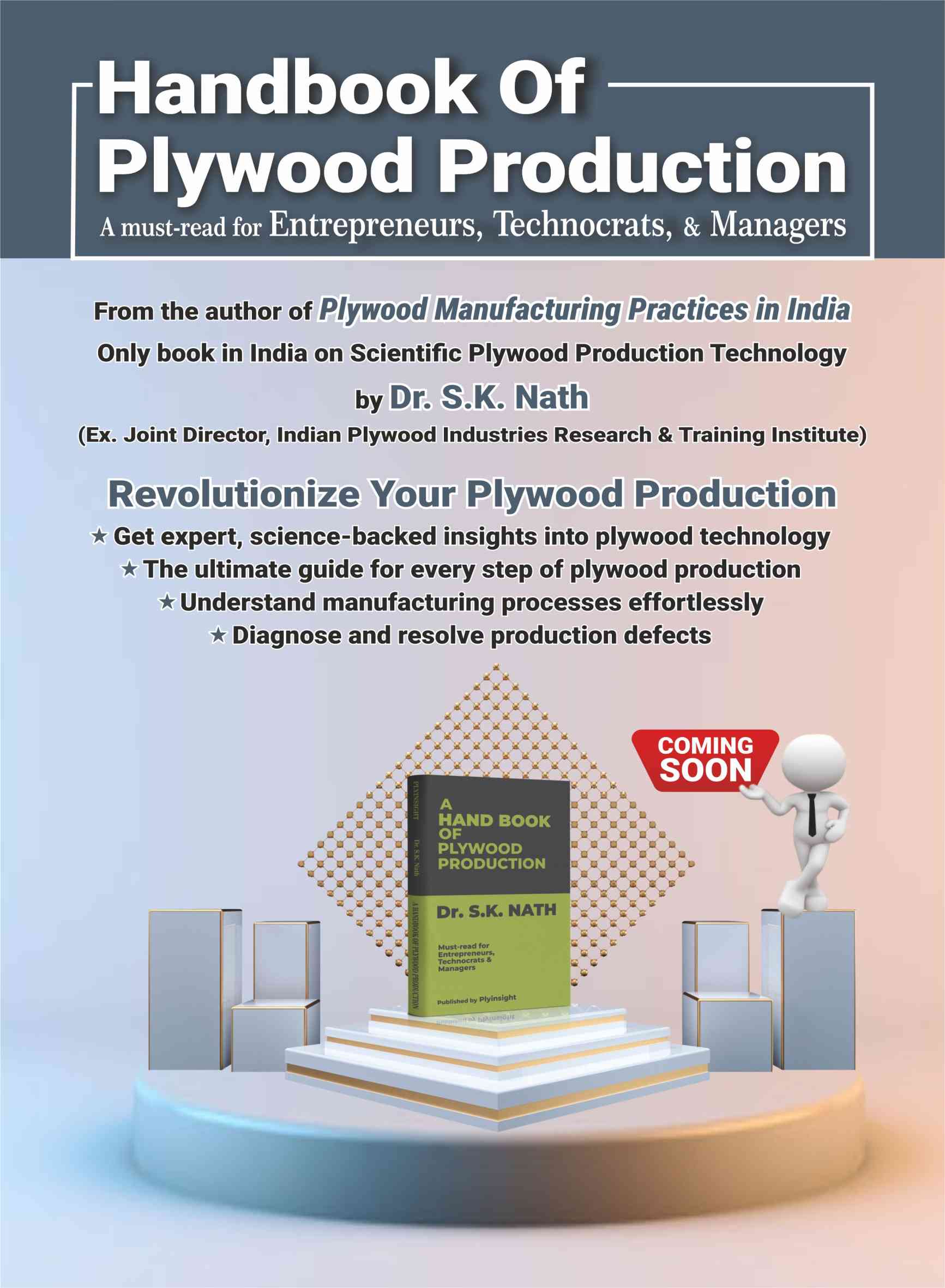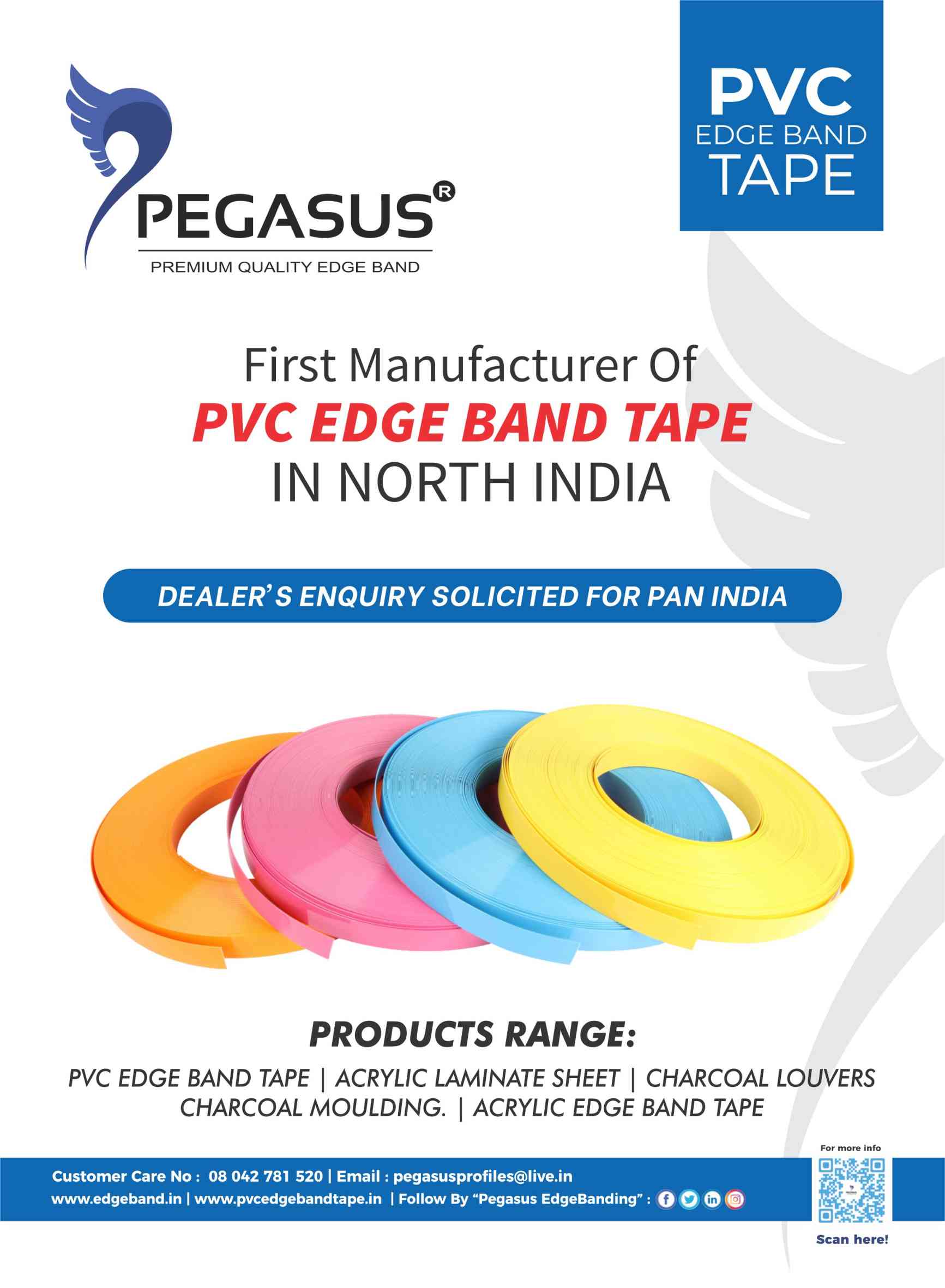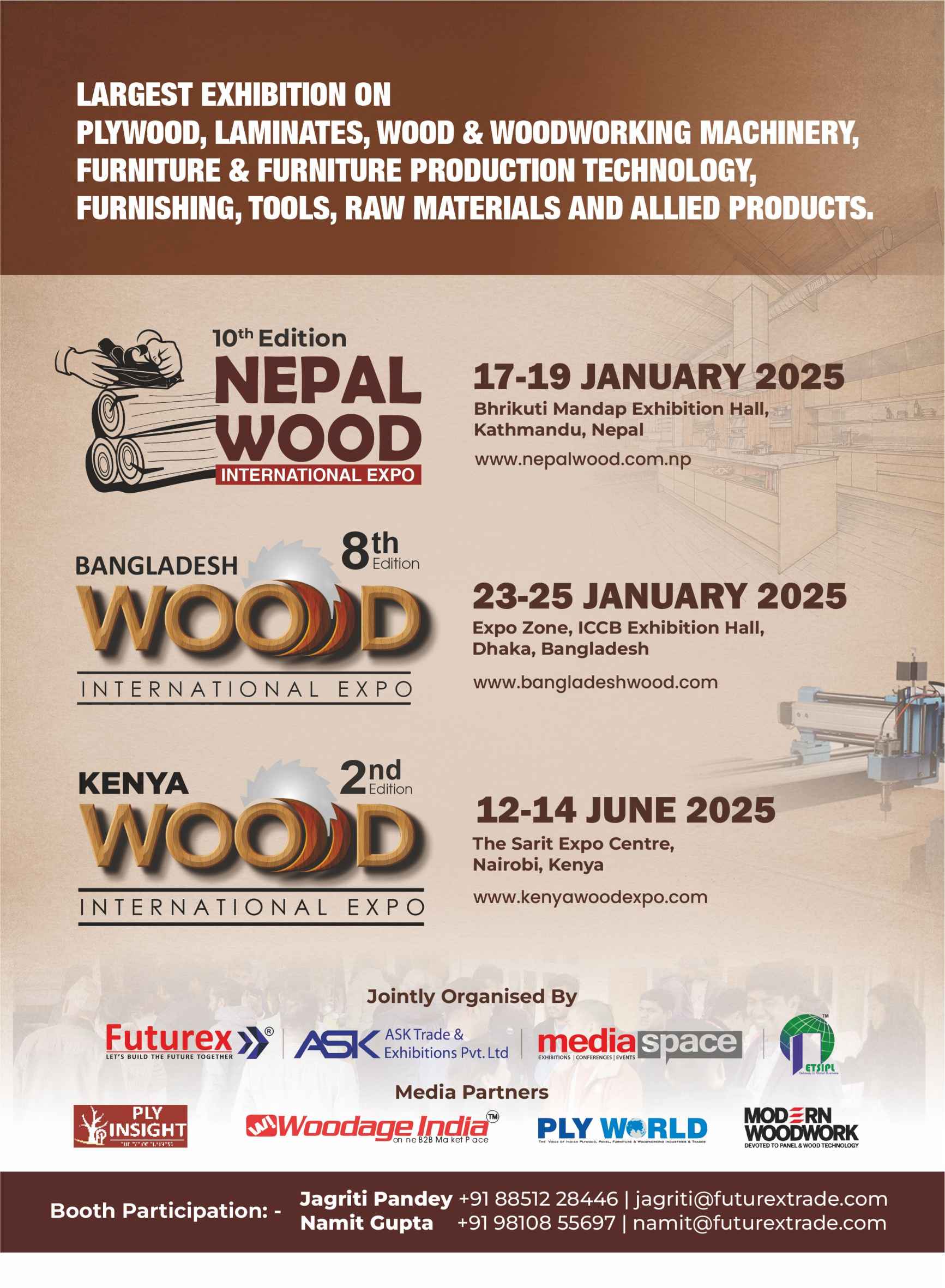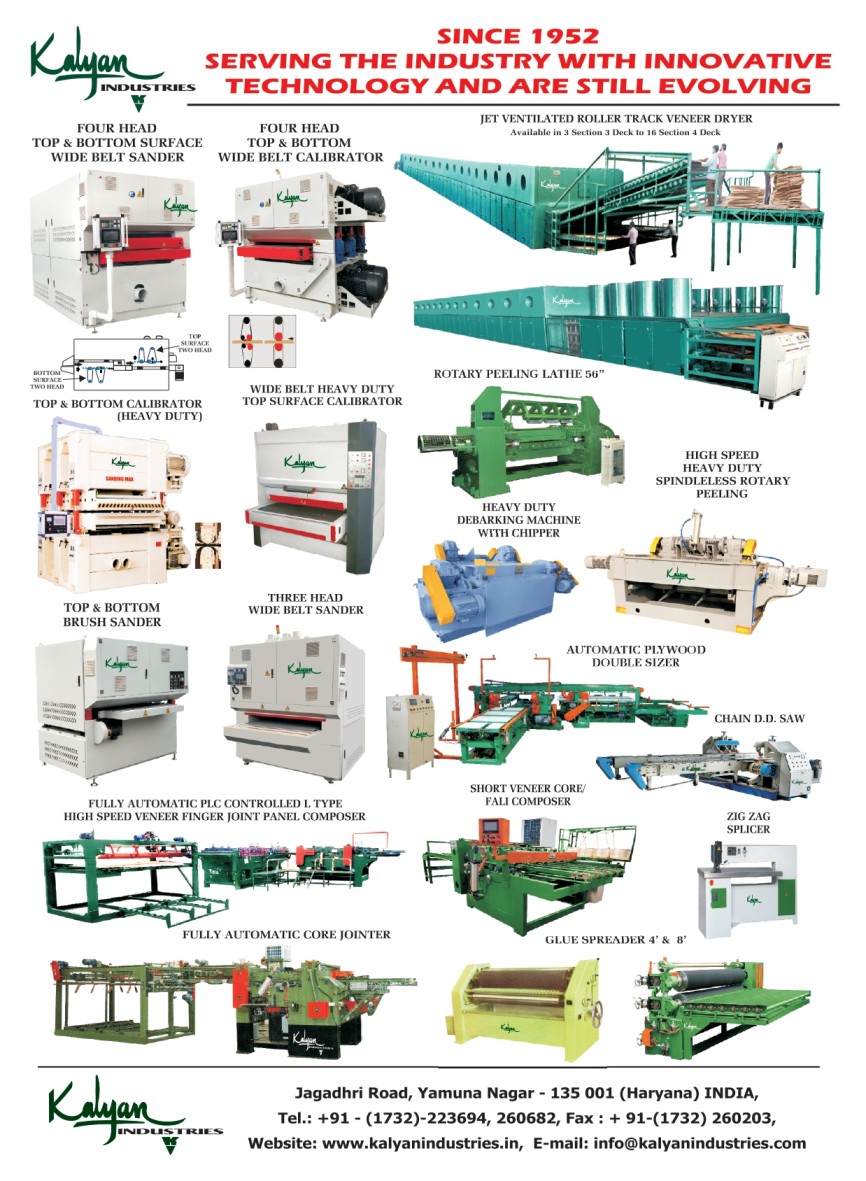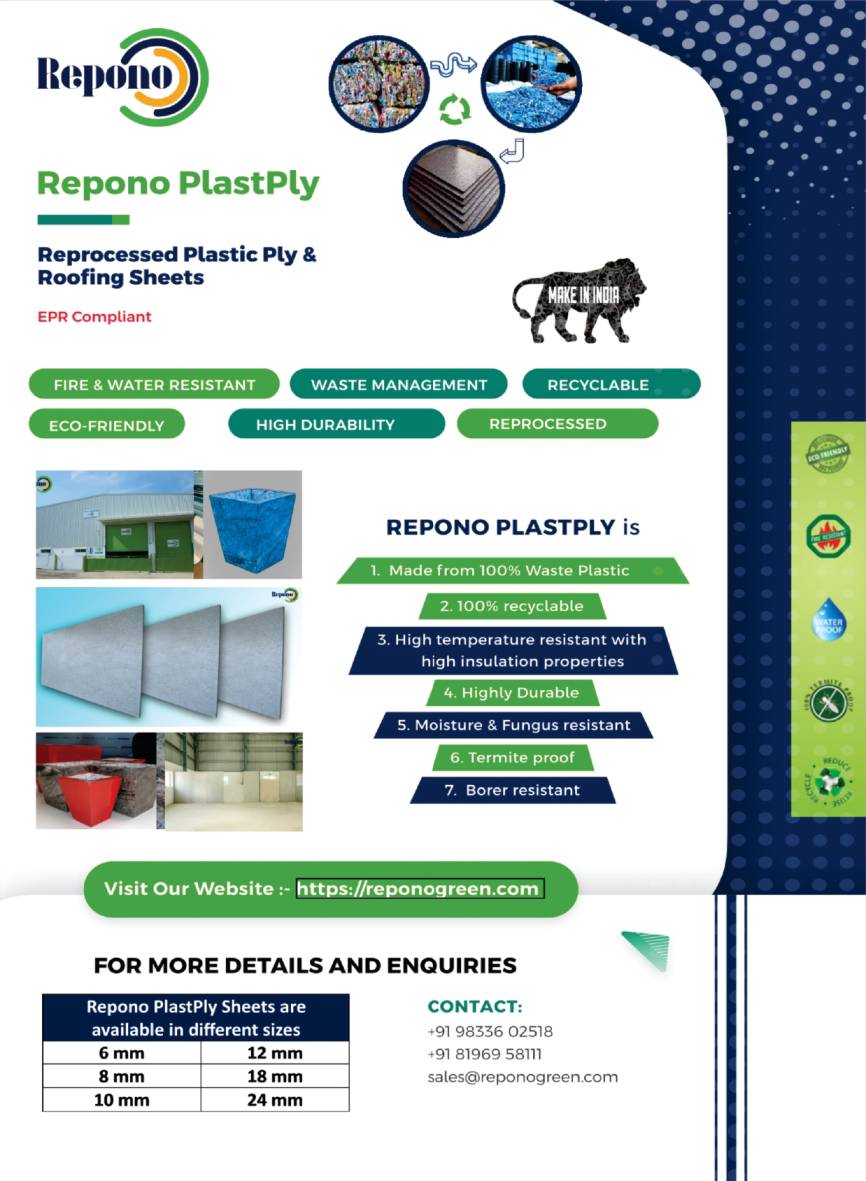
India’s Manufacturing Reality
- February 7, 2025
- 0
Instead of becoming a hub of production and integrating with the global supply chain, the contribution of manufacturing to the India economy has been declining, despite initiatives like the National Manufacturing Policy (NMP) and Make in India.
Attempts were made to increase merchandise exports through various export-import (Exim) policies and special economic zones (SEZs), though SEZs encompass both services and manufacturing. In fact, services exports have outperformed manufacturing in these zones. For instance, services exports through SEZs were over 50 per cent higher, at $25.4 billion for manufacturing during the first quarter of the current financial year.
The Make in India initiative, launched in September 2014, aimed to transform India into a global design and manufacturing hub. Its core objective, encourage innovation, and develop world class infrastructure.
However, this share has been declining over the past 14 years. Volume growth in manufacturing has also been below the index of industrial production (IIP) over the past nine years.
The non corporate or micro, small, and medium enterprises (MSME) segments of manufacturing are under stress. They were badly hit by lockdowns during Covid and are still to recover fully.
The income of the lower middle class has grown at a slow pace, which has affected manufacturing; the lower middle class consumes a higher proportion of manufacturing goods than services, while it is the reverse for the upper classes. This reflects changes in income distribution over the past decade.
Manufacturing grew significantly until 2007-08, but the global financial crisis of 2008-09 hit it hard, and it has not regained strong momentum since.
The Make in India campaign primarily faces increasing challenges and competition from countries like Indonesia, Taiwan, Thailand, Vietnam, and Mexico.





